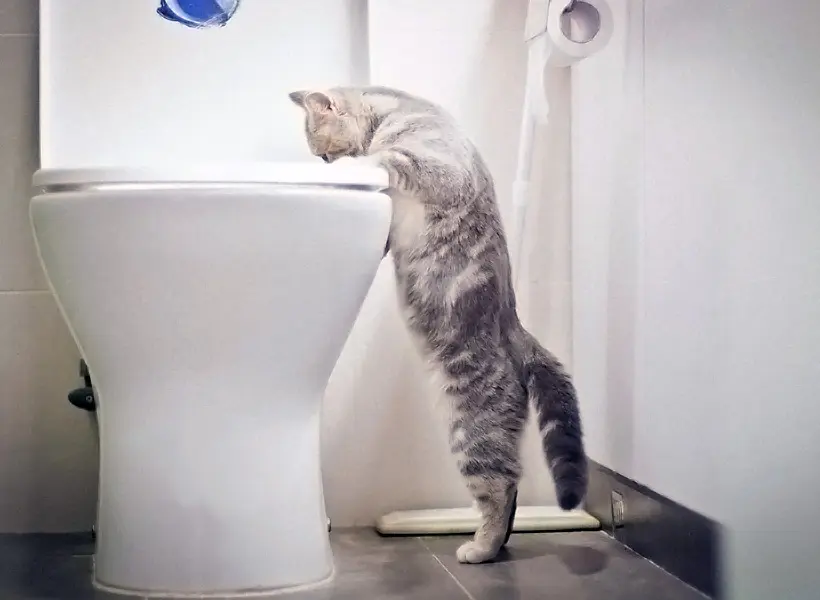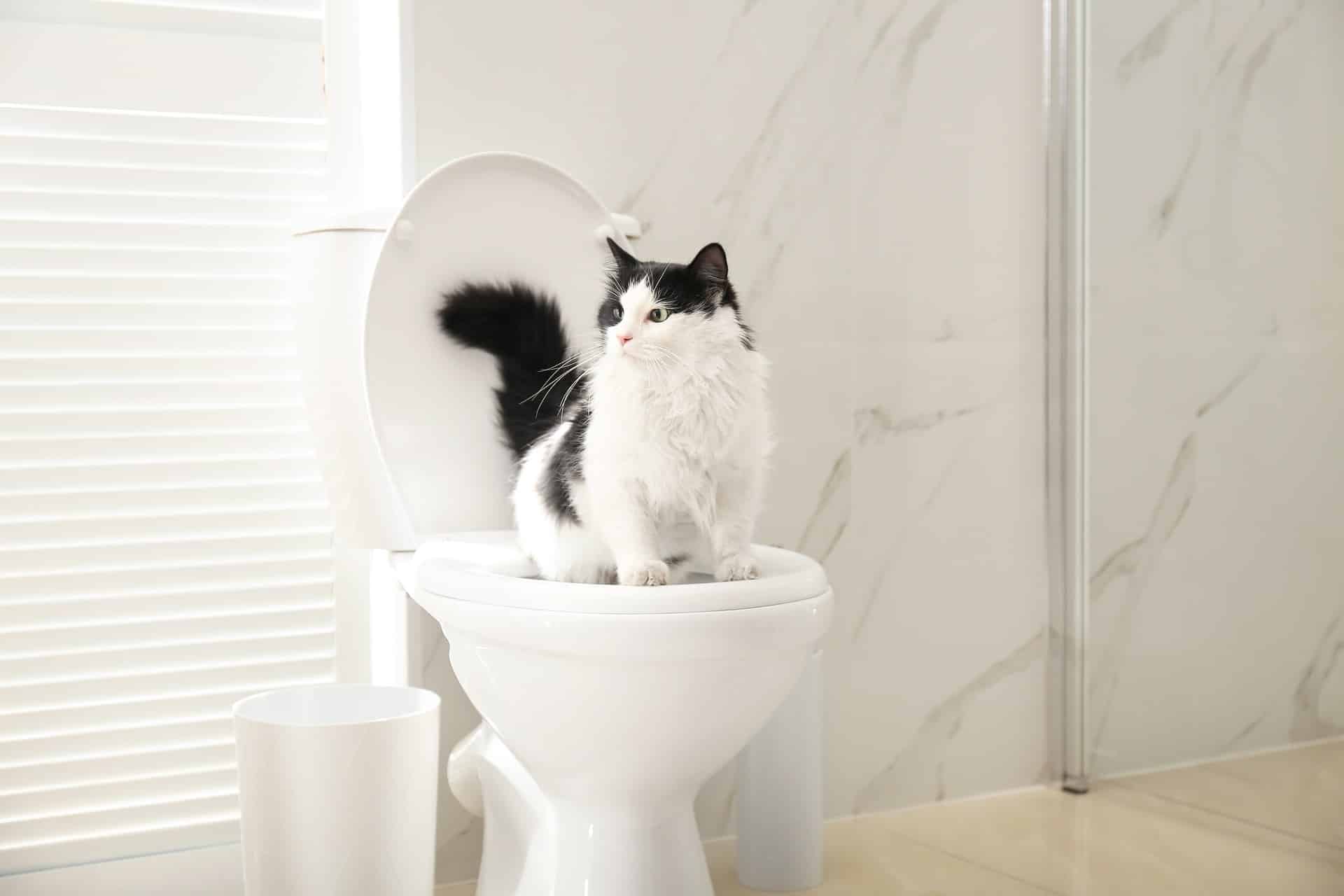When Flushing Animal Waste Is Not Advisable
When Flushing Animal Waste Is Not Advisable
Blog Article
They are making several great points about Don't Flush Your Pets Poo Down The Loo, Vet Warns in general in this article beneath.

When it involves getting rid of waste, specifically animal waste, lots of people usually resort to the hassle-free option of flushing it down the bathroom. Nonetheless, this apparently easy service can have significant effects for the environment and public health. In this short article, we'll explore why flushing animal waste down the bathroom is a poor idea and offer different techniques for proper disposal.
Intro
Appropriate waste disposal is critical for keeping environmental sustainability and public health. While it may appear safe to flush animal waste down the commode, it can result in numerous problems, both for the setting and human wellness.
Threats of flushing animal waste
Environmental impact
Flushing pet waste presents harmful germs and pathogens into waterways, which can adversely influence aquatic environments. These pathogens can pollute water resources and harm marine life, interfering with fragile communities.
Public health concerns
Animal waste consists of harmful bacteria such as E. coli and Salmonella, which can position severe wellness threats to human beings. Purging pet waste down the commode can contaminate water supplies, leading to the spread of diseases and infections.
Alternatives to flushing
Instead of purging pet waste down the bathroom, there are a number of alternative disposal methods that are extra eco-friendly and hygienic.
Composting
Composting pet waste is an environment-friendly method to deal with it. By composting, raw material is broken down right into nutrient-rich soil, which can be made use of to fertilize yards and plants.
Garbage dump disposal
Getting rid of pet waste in a garbage dump is one more alternative. While not as environmentally friendly as composting, it is a more secure alternative to flushing, as it protects against the contamination of water sources.
Family pet waste disposal systems
There are customized pet waste disposal systems readily available that safely and hygienically take care of animal waste. These systems typically make use of enzymes to break down waste and remove odors.
Actions to correct pet waste disposal
To guarantee appropriate disposal of animal waste, comply with these actions:
Scooping and getting waste
On a regular basis scoop and bag animal waste utilizing naturally degradable bags. This stops waste from polluting the atmosphere.
Utilizing assigned waste bins
Dispose of bagged animal waste in marked waste containers, such as garden compost containers or garbage dump bins. Avoid flushing it down the commode in all expenses.
Cleaning up can and pet dog areas routinely
Consistently tidy litter boxes and animal locations to stop the accumulation of waste and bacteria. Usage pet-safe cleansing products to maintain health.
Benefits of correct disposal approaches
Embracing proper disposal techniques for pet waste provides numerous benefits:
Minimized environmental pollution
Proper disposal techniques reduce the danger of environmental pollution, securing rivers and communities from contamination
Decreased risk of water contamination.
By avoiding flushing animal waste down the bathroom, the danger of water contamination is significantly decreased, protecting public health.
Enhanced sanitation and hygiene
Proper disposal methods promote better hygiene and health, developing a more secure setting for both people and animals.
Conclusion
To conclude, flushing animal waste down the commode is unsafe to the environment and public health. By taking on alternate disposal methods and adhering to appropriate waste management techniques, we can minimize the adverse impact of pet waste and contribute to a cleaner, much healthier world.
What To Do With Dog Poo – get more info The Do's And Don'ts Of Disposing Of Faeces
Dog poo bins
Some councils provide dedicated dog waste bins in popular dog-walking areas that can take dog poo that has been bagged but you can legally dispose of dog waste in any public litter bin, as long as it is securely bagged. This also applies to your wheelie bin at home.
Do not flush
Water companies do not recommend flushing dog faeces down the toilet because certain parasites can survive the water processing treatment and are potentially harmful to humans. You should also never consider flushing dog poo that has been bagged down the toilet as the bags will not break down and instead create severe blockages in the sewage system.
In the woods
The Forestry Commission promotes a ‘stick and flick’ method for dealing with waste in the woods. This means finding a stick and using it to flick any poo from off the path so that it is out of the way of other walkers. You could also bury it as long as it is not in an area where there might be livestock.
Livestock
Parasites found in dog poo can be transmitted to livestock if they inadvertently eat infected faeces that has been left on grazing land. This could result in the death of sheep or abortion in cattle so you should always make sure you pick up your dog’s waste in fields where livestock could be present.

Consistently tidy litter boxes and animal locations to stop the accumulation of waste and bacteria. Usage pet-safe cleansing products to maintain health.
Benefits of correct disposal approaches
Embracing proper disposal techniques for pet waste provides numerous benefits:
Minimized environmental pollution
Proper disposal techniques reduce the danger of environmental pollution, securing rivers and communities from contamination
Decreased risk of water contamination.
By avoiding flushing animal waste down the bathroom, the danger of water contamination is significantly decreased, protecting public health.
Enhanced sanitation and hygiene
Proper disposal methods promote better hygiene and health, developing a more secure setting for both people and animals.
Conclusion
To conclude, flushing animal waste down the commode is unsafe to the environment and public health. By taking on alternate disposal methods and adhering to appropriate waste management techniques, we can minimize the adverse impact of pet waste and contribute to a cleaner, much healthier world.
What To Do With Dog Poo – get more info The Do's And Don'ts Of Disposing Of Faeces
Dog poo bins
Some councils provide dedicated dog waste bins in popular dog-walking areas that can take dog poo that has been bagged but you can legally dispose of dog waste in any public litter bin, as long as it is securely bagged. This also applies to your wheelie bin at home.
Do not flush
Water companies do not recommend flushing dog faeces down the toilet because certain parasites can survive the water processing treatment and are potentially harmful to humans. You should also never consider flushing dog poo that has been bagged down the toilet as the bags will not break down and instead create severe blockages in the sewage system.
In the woods
The Forestry Commission promotes a ‘stick and flick’ method for dealing with waste in the woods. This means finding a stick and using it to flick any poo from off the path so that it is out of the way of other walkers. You could also bury it as long as it is not in an area where there might be livestock.
Livestock
Parasites found in dog poo can be transmitted to livestock if they inadvertently eat infected faeces that has been left on grazing land. This could result in the death of sheep or abortion in cattle so you should always make sure you pick up your dog’s waste in fields where livestock could be present.

We had been shown that editorial on through an associate on our other web property. If you enjoyed reading our blog entry kindly remember to share it. Bless you for your time. Don't forget to pay a visit to our blog back soon.
Phone Report this page